How Choosing Process Helps Us Value People

Human innovation and technological advancement have taken us further and farther than anyone in the early ages could’ve imagined. In the age of AI and automation, this thought can be scary for many. However, in the right hands, the tools we create are meant to maximize (not replace) human effort. This is why we believe building systems and processes is one of the best ways to value your people, whether you’re leading a church staff, team members, or volunteers.
Sounds odd, right? Consider the evolution of communication as a prime example of this concept. For a large portion of history, information could only move as fast as humans could travel. The postal system helped organize the methods of communication with a standardized system, helping the right people get the right information on time. Next came the telegraph, which skilled operators used to send information across large distances within minutes; then the telephone, which became the first real-time voice communication system. Today, instant messaging and digital platforms connect us faster than ever, creating the largest communication network in history.
While most of those previous communications roles are now obsolete, we still have mail carriers, telephone operators, and even fax machines; they are all still a necessary part of the communications ecosystem. But now our teams can operate more effectively and efficiently than ever with the technologies we have at our disposal.
How can we value people by relying on process? We have a few foundational rules we believe every organization should follow to accomplish this.
Rule #1: Don’t Make People the System (Protect Against Burnout)
You are creating a weak point in your operation if key functions depend on one person’s memory, skill, or constant presence. This fact does not mean that the person you’re depending on is weak; this just means that there’s an uneven distribution of weight and responsibility. When you make processes the system, the load is shared, contingencies are made, and scalability becomes clear. Most importantly, your team can experience the same feeling of accomplishment without the overload or burnout that comes with operational inefficiencies. Healthy systems prevent burnout by spreading the workload across the team.
Rule #2: Let People Drive, Let Tech Accelerate (Use Tools Wisely)
In the words of Christian Lous Lange, “Technology is a useful servant but a dangerous master”. The purpose of technology is to maximize the effort and efficiency of people, not to replace them. This includes tools like automation and AI, helping others make more informed decisions with their respective knowledge and talents (instead of relying on tech to make decisions for us).
Show your team how using new technologies can help them work better and develop more efficient workflows. Give them an environment to test, fail, and improve on the use of these new tools. Encourage them to take ownership of strengthening the systems and processes with modern technology. Empowering them in this way will help your team feel valued, while amplifying the impact of your collective efforts.
Rule #3: Don’t Expect Effort to Outrun a Broken Process (Fix Systems First)
People can work harder, longer, and smarter, but if the process is flawed, failure will repeat. Don’t put the expectation on your team to outrun or outwork a bad system, and don’t rely on them to go “above and beyond the call of duty”.
One way you can exercise this principle is by creating consistent feedback loops between you and your team. Make it a point to find what the limiting factors are in fulfilling their designated role and fulfilling their responsibilities. See what challenges arise in timing, communication, and consistency. Show them you care by making sure they have everything they need to succeed. A healthy process makes excellence sustainable
Keep these rules in mind, and you’ll create a healthy, balanced work/volunteer relationship between you and those you are leading. When churches and ministries build processes instead of placing everything on people, the load stays light, the work stays rewarding, and the outcomes stay consistent.
If your church is interested in strengthening its systems and automated workflows so your team can focus on ministry, visit getignitd.com and hit the Let’s Talk button on the homepage!

